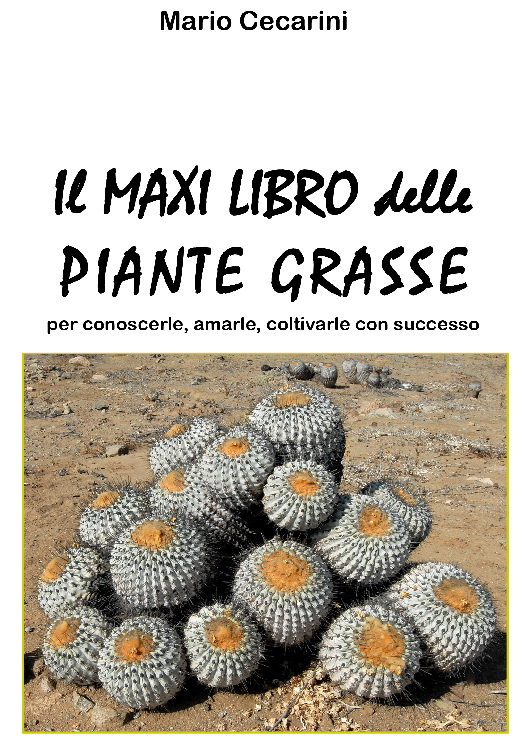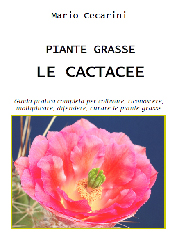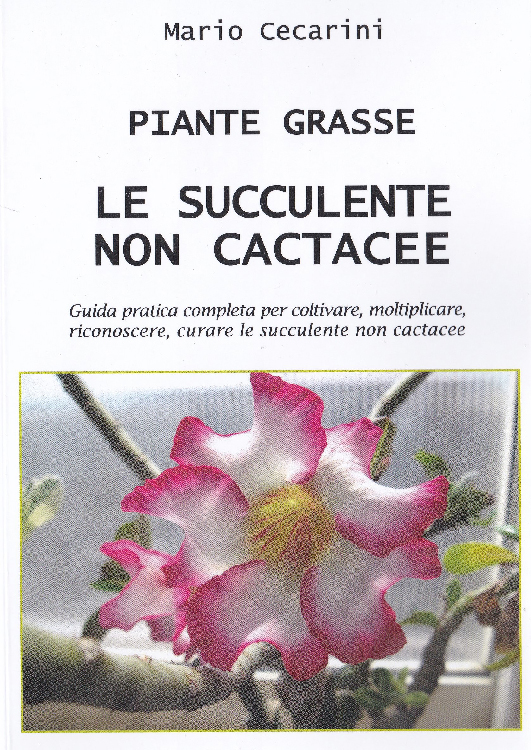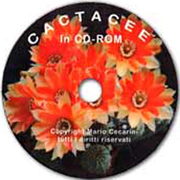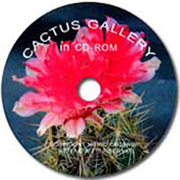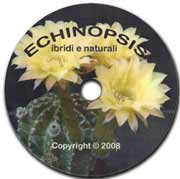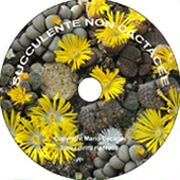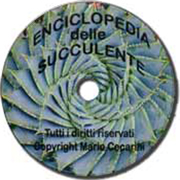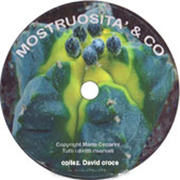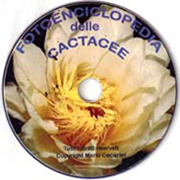Habitat: Mexico, Texas.
Description: cacti with globular but more often columnar stems which may have four to eight ribs (up to ten as the plants grow older) and be covered with a variable number of scales and dots. In some species spination is absent. The yellow flowers are born at the top.
Soil: mineral mix.
Location: they need plenty of light, especially during the growing season. If you place the plants outdoors during warm weather be careful to gradually expose them to direct light or they will get sunburnt.
Temperature: a minimum of 6°C (43°F) is recommended.
Water: average.
Cultivation tips: these slow-growing plants do not self-pollinate and may be long-lived if protected against pests (namely root mealy bugs) and excessive humidity that may cause the plants to rot, particularly while still young. Do not remove the offsets from the mother plant as these are very difficult to root.
Main species of Astrophytum: Astrophytum asterias, needs a minimum temperature of at least 10°C (50°F)., flowers freely while it is still young; It dislikes direct sunlight in the summer and high humidity with no air circulation; it is prone to rotting and it usually doesn’t clump. Keep the soil moist during the growing period, yet not excessively. During the winter they need to rest for quite a long time. It’s wise to graft a few specimens on rootstocks such as Myrtillocactus geometrizans or Pereskiopsis velutina when the scion is small; the same applies to Astrophytum asterias var. Super Kabuto.
Astrophytum myriostigma, a globular then cylindrical cactus at maturity with 4 or 5 spineless ribs; it requires mineral soil and a minimum temperature of 5°C (41°F). This species is the most suitable for hybridization; Astrophytum coahuilens differs from Myriostigma in having raised woolly dots on its ribs.
Astrophytum ornatum, rapid vertical growth, minimum temperature 7°C (45°F); Astrophytum capricorne has larger and better flowers, minimum temperature 8-10°C (46-50°F).




